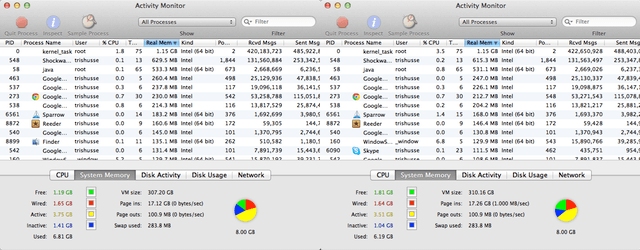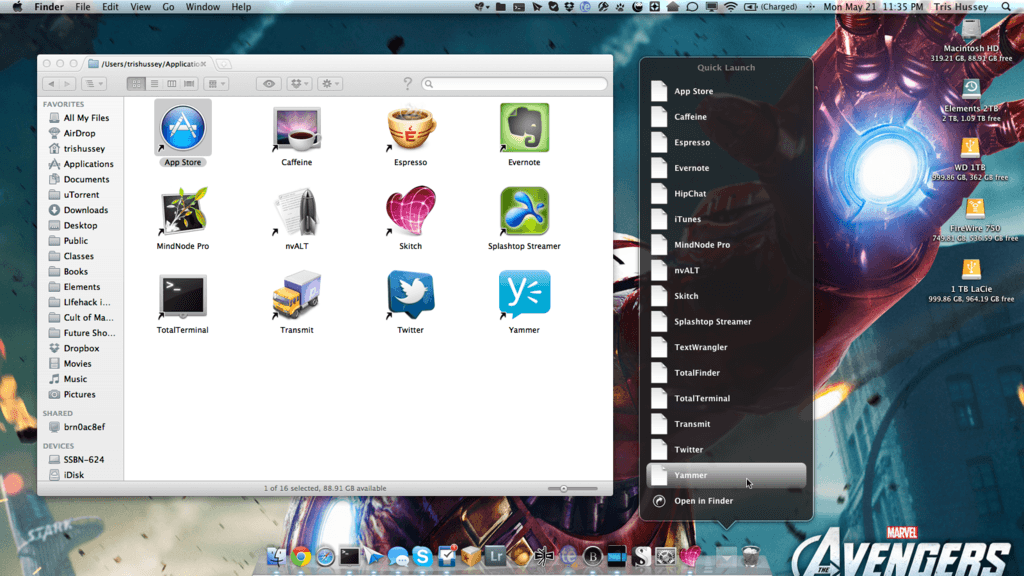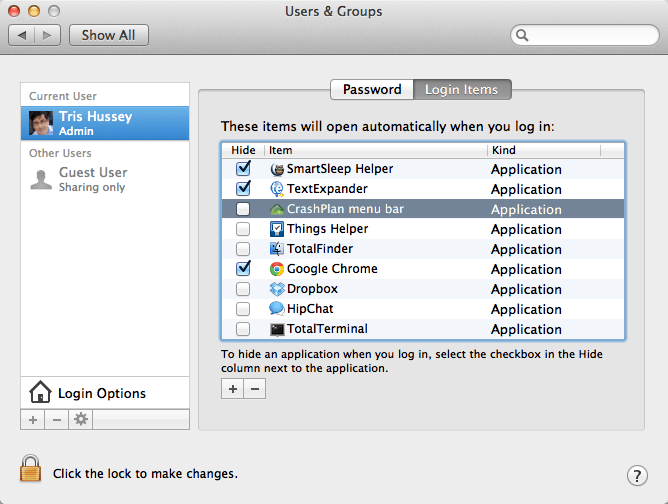Ever watch someone who really knows how to use a Mac and OS X? Sometimes it just seems like magic how they can make windows move, images appear, apps launch, and all kinds of cool stuff—and their fingers never even seem to leave the keyboard. I can’t claim to know that many Mac tips and tricks, but I do have a bunch of tricks up my sleeve that you might find useful. Some of these are pretty common and a few a little obscure, but they will all do something great that you bring you a step closer to being a Jedi Master of your Mac.
Yes, padawan, here are my top 10 Mac OS X tips:
1. Shift-Click Maximize Button to Fill Screen
You know the red button on a window is close and the yellow one is minimize and the green one is maximize, right? Okay, so you also know that some apps (like Chrome and Word) don’t fill the entire screen when you click the maximize button. Sure that’s find most of the time, but sometimes you actually want the window to fill the screen. Next time you want the current window to fill the entire screen, just hold down the shift key when you click the button. Poof! Big window!
2. Terminal Tricks—Purge
One of the essential tools in a Mac Jedi’s toolkit is Terminal. Oh Terminal, such power you hold over the entire system. A lot of people are a wee skittish about using Terminal. All the horror stories of people typing rm * in the wrong place and wiping out their Mac will have that effect on people. Okay, fair enough, but here’s a simple command that will…well it’s pretty cool. The command is “purge” and it does one very simple thing—it frees up RAM on your machine. As your Mac is running and you’re launching apps, surfing the web, and all the normal stuff you do on your Mac, RAM (memory) is allocated to do that. Sometimes when an app has been running for a while it doesn’t release all the RAM it was given, even if it doesn’t need it any more. Before I learned this tip I would just reboot my Mac if RAM was running short (and I had quit all the apps I didn’t need), but with purge… Purge forces apps to release RAM they might be holding on to (that they don’t need). All you need to do is launch Terminal from your Utilities folder and type “purge” (no quotes) at the prompt and hit return. It’s 100% safe and can get back a bunch of RAM. I’ve gone from a few megs of few RAM to a couple gigs in a few seconds! (Important: While purge is running your Mac will be unresponsive for a minute. Don’t worry! This is normal and okay!)3. Launch Spotlight with Command-Space
Looking for something? You know Spotlight can help you quickly find files, emails, look up words, even launch apps…but do you know that a quick tap on command-space will open up Spotlight on the menubar for you to start typing? Simple as that you can quickly type command-space then something like safari then return and launch Safari…and your fingers didn’t even touch the mouse! Want to turn that up to an 11? Then just download Alfred for free from the Mac App store and do all this and more! Once you do, don’t forget my 10 Awesome Alfred Tips!
4. Drop Files onto the Dock to Open in an App
I like to keep Preview as my default app for opening images. Preview is pretty fast and easy when I need a quick look at something (or just need to resize the image quickly), but when I want to edit an image I use Acorn. So how do I open an image in Acorn? You’re thinking, launch Acorn, go to the File menu… Nope, easier. I have Acorn on my Dock all the time, so all I need to do is drag and drop an image file onto the icon and … Acorn launches (or comes to the front) and the image is opened! This trick works with just about all apps and can save you a ton of time.
5. Custom App Stacks
My dock was getting pretty cluttered. Lots of apps that I “needed”, but you know I didn’t use them all that often. So I made a custom App stack for them. This is a multi-step process:
- Make a folder somewhere (I made it in ~/Applications which is different than the system-wide Applications folder (see tip 7 for more on these directories).
- Open your Applications folder in another Finder window.
- You’re going to make aliases to your real apps in this step. Hold down command and option and drag an app you want quick access to and drop it in the folder you made.
- Repeat for as many apps as you wish
- Drag the folder with all the aliases to the right side of your Dock, just to the left of the Trash.
- Enjoy! That’s it. The folder will have aliases to all your apps!
6. Remove Icons from the Menu Bar
I know we like to have icons on our Menu bar, but sometimes it gets a little crowded. For some icons on your Menu bar (mostly System related ones), just hold down the command key, click the icon and drag it off the Menu bar! Come on, you don’t really need the volume/speaker icon there did you?
7. Get to your Library Folder
One of the “improvements” in Lion was to hide your Library folder from you. Okay, I get it. You shouldn’t need to muck about in your Library very often, but hey sometimes you do. Sometimes you need to clean out stubborn files or something. Here’s the easy way to get to your Library folder (and the Applications folder from tip 5 too). With the Finder active hit command-shift-g and you’ll get a Go to folder: window. Just put “~/Library/” (no quotes) and click Okay. That’s it. For tip five use ~/Applications/ instead.
8. Finder Sidebar
Since we’re talking about the Finder, I’m sure you noticed all those folders and items on the left side of your Finder windows (if not go to the Finder and from the View menu and select “Show Toolbar”). You know you can add your own folders there right? Yeah, just drag any folder to the side and that’s it. Now the cool part isn’t just that you now have one-click access to that folder, but anything you drop onto that folder will be copied or moved there! Nice!
9. Take a Screenshot
Ever need to take a screenshot of something on your screen? Maybe it’s an error, maybe it’s just a graphic, but you need it…but how? Easy. Command-shift–3 will take a picture of the entire screen and command-shift–4 will let you select a part of the screen or a window. Of course if you want to step things up, just download Skitch for free and crank up your screenshots a few notches.
10. Control the Apps that Launch at Startup
You know after a while your Mac seems to be taking longer and longer to finish starting up. Oh you see the Desktop okay, but then app after app loads. You have control over this. Just go to System Preferences -> Users and Groups. Then look for the Login Items button. Yep those are all the apps that launch for me. But if I get tired of waiting for one app or another to start, I just select the app from the list and click the “-”. Gone! Faster startup here I come!These are just a few of the tricks I have up my sleeve. I’m sure you have a few you’ve picked up over the years, so…
What are your favorite OS X tips? Share them in the comments below.
(Photo credit: Question Mark on Mac Keyboard via Shutterstock)
















































